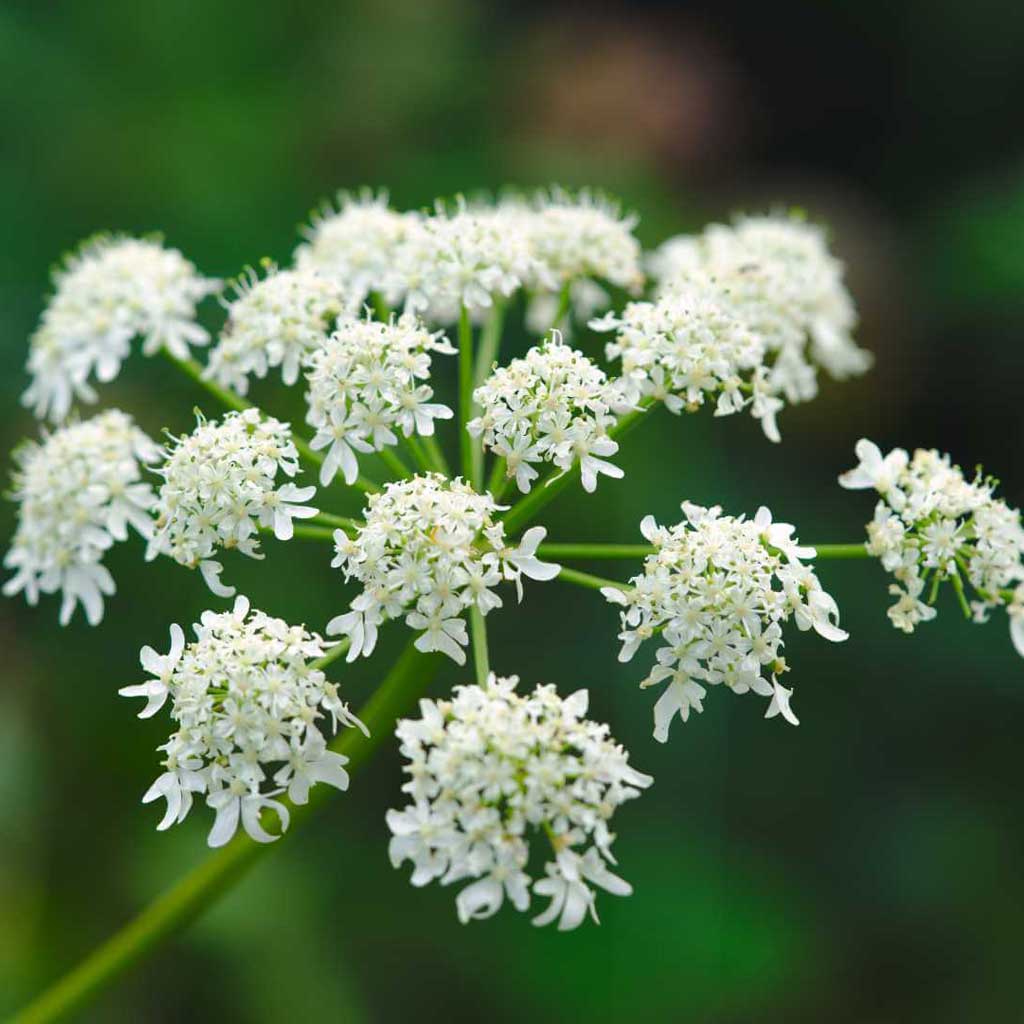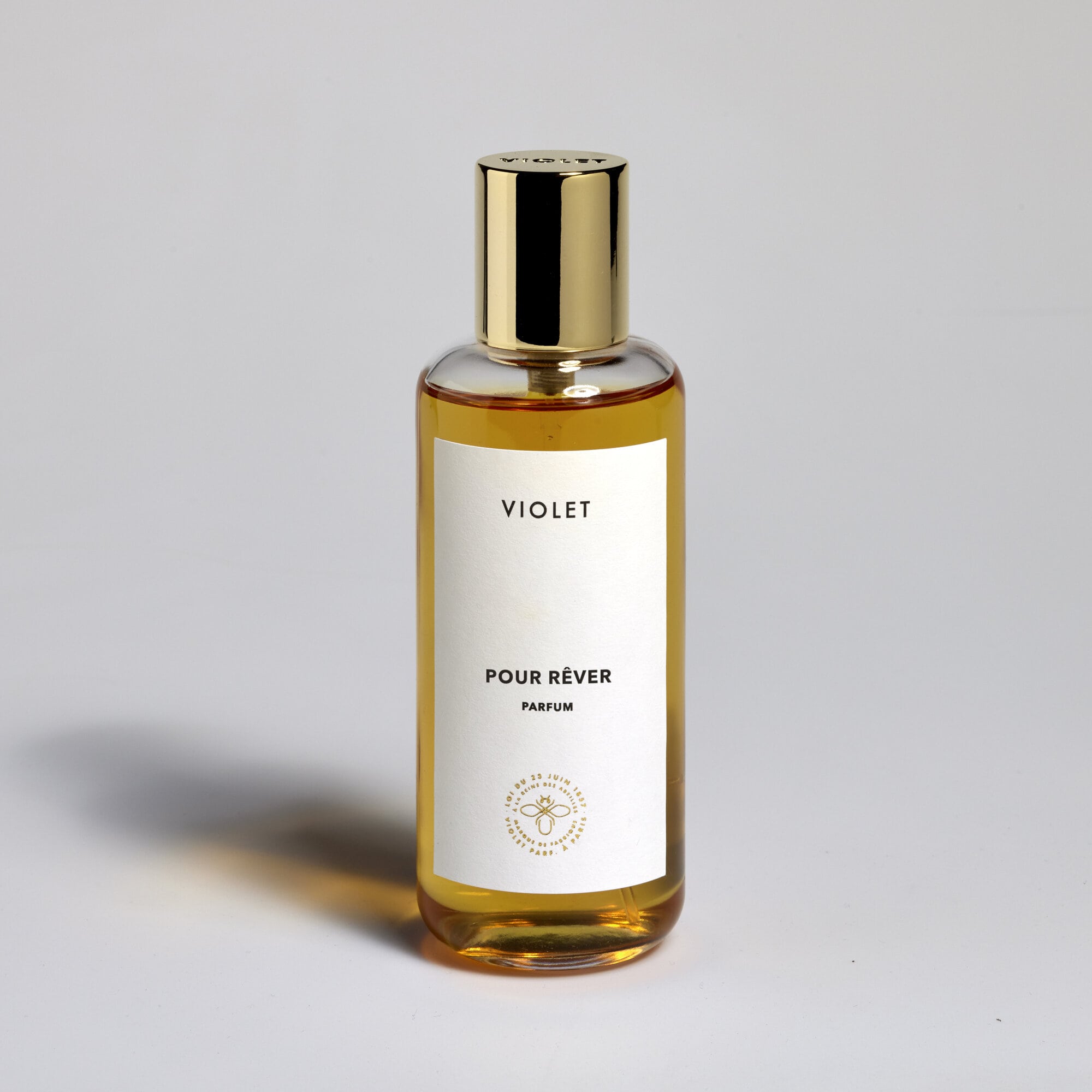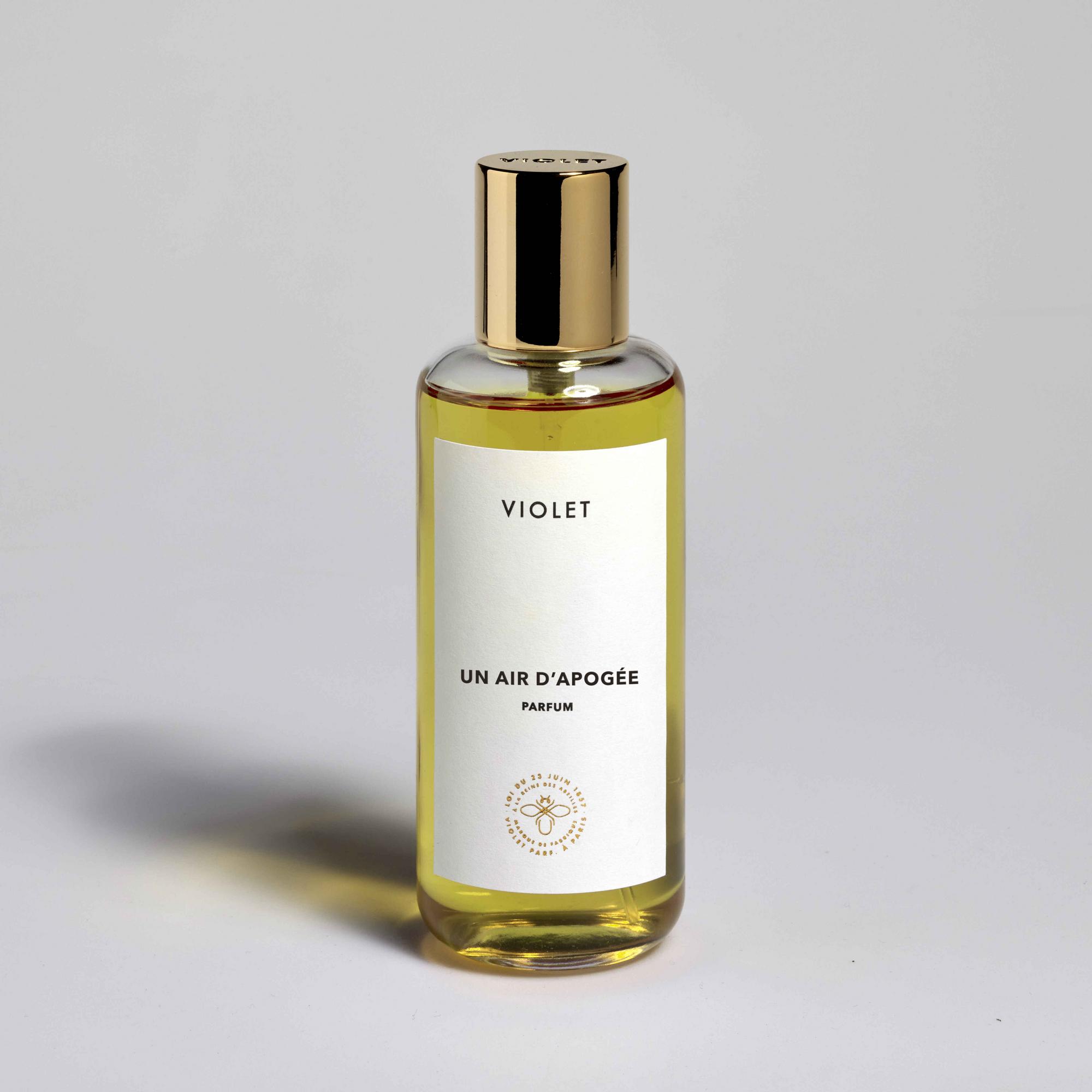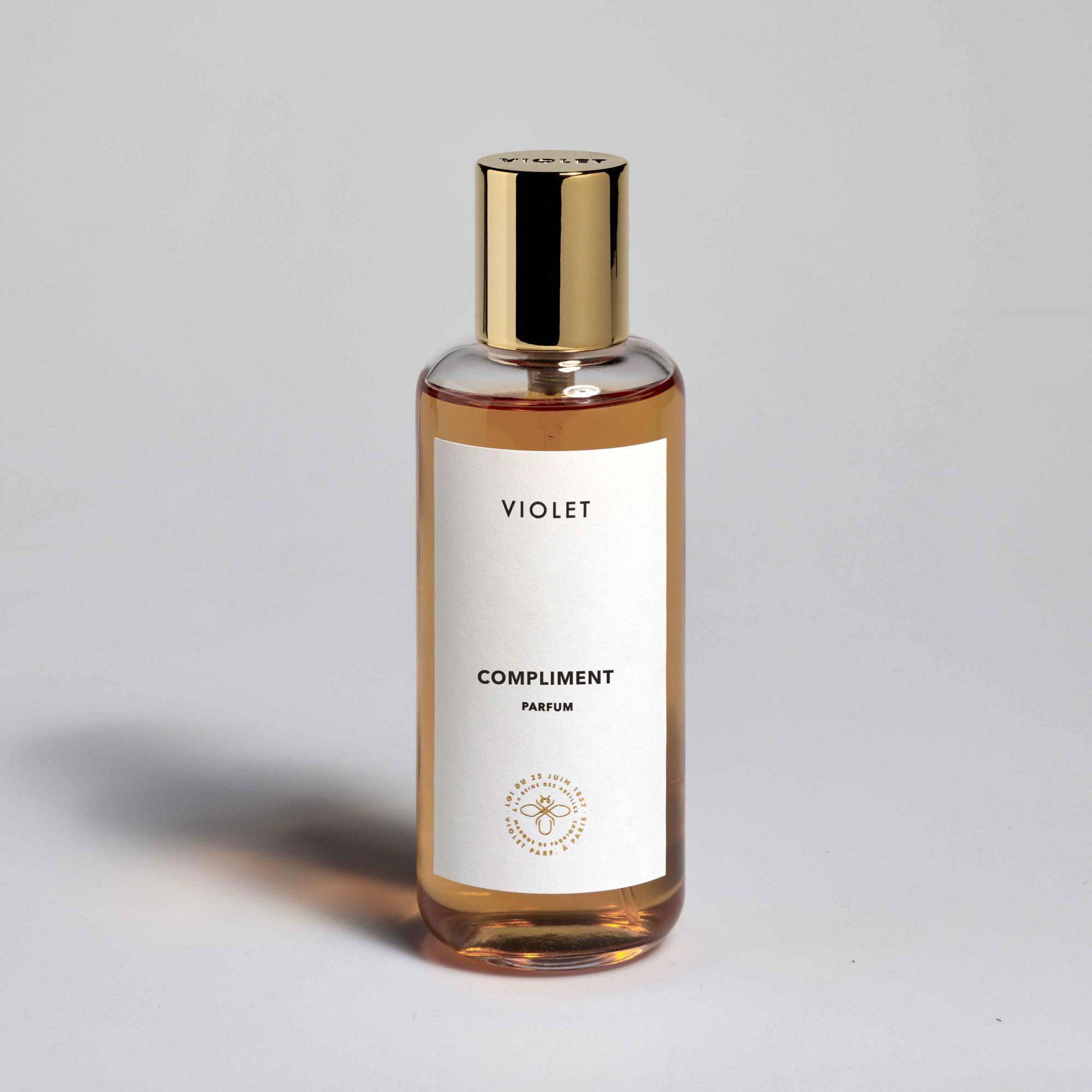Smell the flavors, taste the smells.

Retro-olfaction or the art of smelling flavours.
Before shouting at the abusive use of oxymoron, I want to clarify that, for once, it is not one.
There are two routes that odorous molecules can take in order to flatter, or should less titillate, our olfactory epithelium: the orthonasal route and the retronasal route. If the first is well known to everyone, because we easily associate odors with the nostrils, the second is more subtle since we are talking here about the mouth and the back of the throat.
Smell through the mouth? But let's see ! So what is this convoluted twist?
You'll forgive the editor for his inclination for phrases, as the Quebecois so aptly put it, "click traps", but there is such a passage and it's called retro-olfaction.

Does that sound like a fuzzy concept to you? Take out your memories, because I'm going to remind you of at least one time when you knowingly used retro-olfaction. You're seven years old, it's half past twelve and you're holding your classmate's hand as you enter the refectory two by two. As soon as you arrive in the room, you are assailed by the sour smell of the langue-de-boeuf with pickle sauce. That's the orthonasal route. Once at the table, you are told to finish your plate if you want to join your friends in the playground. There, not crazy the wasp, you decide to hold your nose while chewing the food so that only the unsavory texture of canteen-flavored beef tongue remains. So you swallow the mixture that has become tasteless and, proud as anything, you open your nostrils. Disaster ! The taste is multiplied by, what seems to be, a thousand! You have just proved the relationship that exists between the mouth and the nose and, moreover, experimented with retro-olfaction.

If this slice of life does not speak to you as much as it does to me, we have, thanks to our previous article on anosmia, caught the attention of a person who agreed to entrust us with his experience. Here is how the retro-olfaction changed the situation:
Amandine is a young woman who lost her sense of smell following a violent shock to the brain due to a car accident. It was not until her friends, who came to visit her in the hospital, advised her to reduce her consumption of perfume, that she became aware of this loss. It was after numerous visits to the ENT specialist and various failed olfactory tests, in particular one which consists in perceiving the heady odor of ether, that he was diagnosed with total anosmia.
Even more disturbing, his disability is not coupled with ageusia. Indeed, the young woman masters the recognition of flavors. She admits, however, that she no longer finds the truffle as powerful as she remembers. “The big problem is that the meal starts long before you eat what's on your plate and I admit I can't make myself hungry anymore thanks to an appetizing smell. Amandine confides to us.
The story could have ended there. However, one fine day, Amandine inhaled a moist freshly soaked in a perfume with a citrus head. She was able to recognize several raw materials emerging from the strip of paper; lemon, bergamot and orange. The triptych was a real resurrection for her. After more than two years of olfactory radio silence, the retronasal pathway offered her an experience that she thought was lost forever.
Today, Amandine is delighted with this discovery even if she warns about the gesture which consists of inhaling raw materials mixed with alcohol vapors. She does not despair, one day, of recovering her sense of smell so that she can finally live normally again. Smell the scent of loved ones and spouse, appreciate the smell of braised chicken at a market on Sunday mornings and savor the aromas of chocolate again.

In conclusion, retro-olfaction is not just that obscure and esoteric term used by a few wine and cigar aficionados. It is a whole section of our anatomy which is unknown to the general public and which deserves a very big spotlight. And if Anthelme Brillat-Savarin said that “Without the participation of the sense of smell, there is no complete tasting” could we not add that tasting can complete the sense of smell? I meditate on this and come back to you.
Paul






